From underground chambers to wartime devastation, John has seen it all.
Senglea, also known as Città Invicta or Isla, is a fortified city in the South Eastern region of Malta, and is one one of the Three Cities in the Grand Harbour that make up the Cottonera area. Despite Malta's small size, the intricacies of Isla's history are unknown to most locals and visitors alike, so, when 84-year-old John Stanicic, a born-and-bred Isla local, took me round the town, I was amazed at how much there was to discover about his home: the famous Victory Street, previously Strada Vittoria and Strada Reale.

John explains that Senglea was once like Valletta; a city with prestigious palaces and with the highest nobility inhabiting the streets. Strada Reale was the most “social” road of all of Senglea, and naturally, the heart of the town. John mentions that various well-known people, such as the Borg Pisani family, Reggie Miller (the founder of GWU), and Canon Panzavecchia (who declined to be Malta’s first Prime Minister) all resided in Senglea.
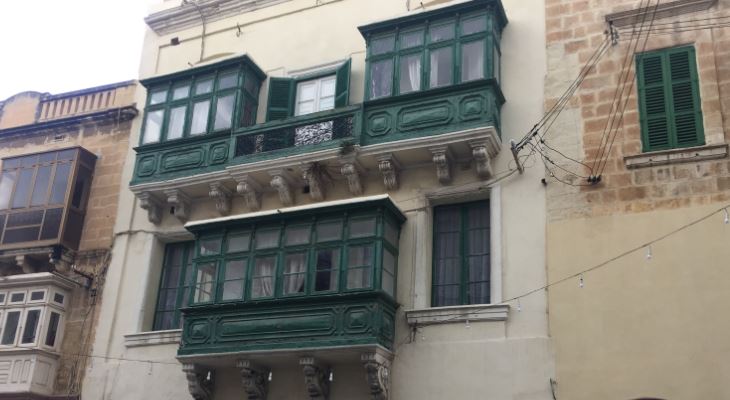
“The square you see today wasn’t always here,” he begins. “It was constructed after the war, when most of the locality was trying to get back on its feet again.” He explains, with a heavy heart, that Senglea was the most devastated locality during the war. The houses opposite the church were once backyards, and Strada Reale itself was quite narrow, starting from Fort St Michael to the now-Nationalist’s party band club.
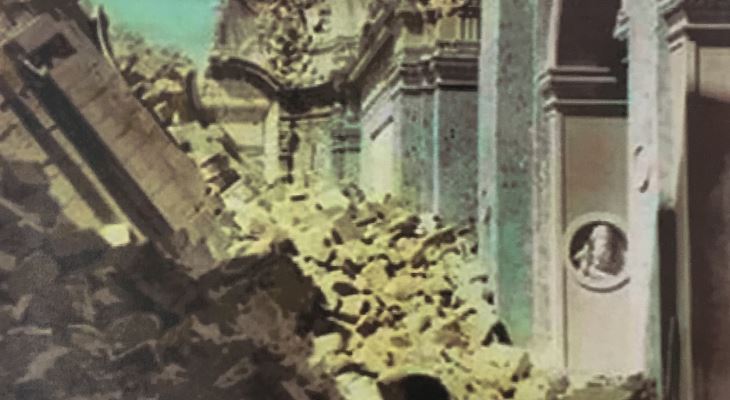
“Fort San Mikiel (Fort St Michael) was built in 1554 during the Knights’ period, precisely on 8th May. However, nowadays only a quarter of the whole fort remains, including the clock that was added in 1906. In 1924, the government wanted to build a school, which is still open today.” John also mentions that renowned historian Ganado described Senglea as “the richest place of Cottonera” in one of his books.
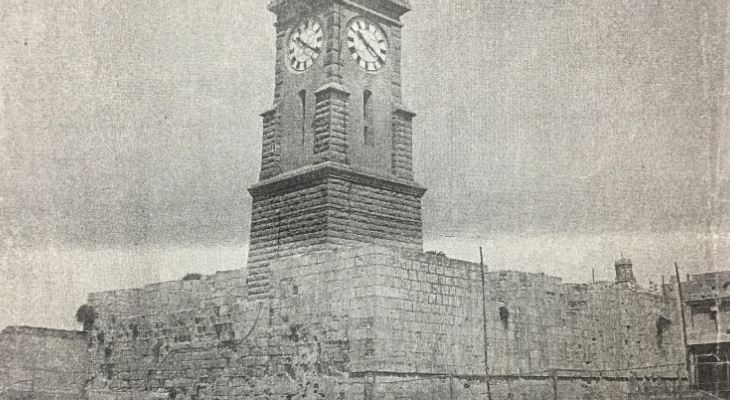
As we move along Strada Reale, John explains that the church that stands today was built after the war, as the previous one was destroyed in an air raid. He points out two large slabs on the facade of the church. “The slabs list all the names of knights who died at Fort St Michael.”
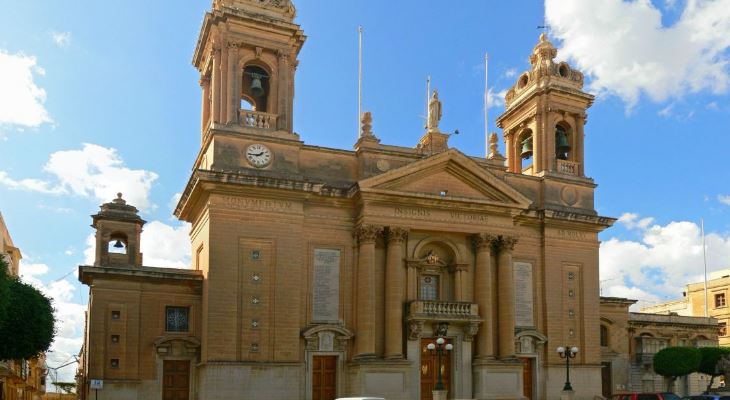
Sudika / Wikimedia Commons
Taking a few steps, we stand on what seems to be a tarmac square in the middle of the road as a result of a pothole-filling attempt (a common sight!) John explains that right where we were standing, there was once a statue of Maria Bambina - I couldn’t believe it! “We used to call it Bambina tan-nofs (the bambina in the middle). After the war, it was moved further down the street into a side street opposite the La Vincitrice band club. We now called it the Bambina tal-genb! (the bambina on the side),” jokes John.
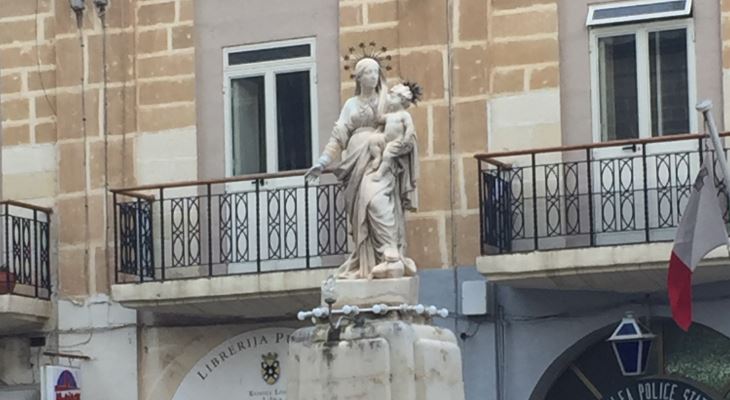
He explains that the Bambina is a very important part of the traditions in Senglea. “In 1813, the island was hit by the plague, and Senglea was spared. The locals promised to parade the statue every year for the feasts of the Assumption (September), Saint Rocco (August) and Christ the Redeemer (June). This is still done today... I guess we love our traditions!” smiles John.
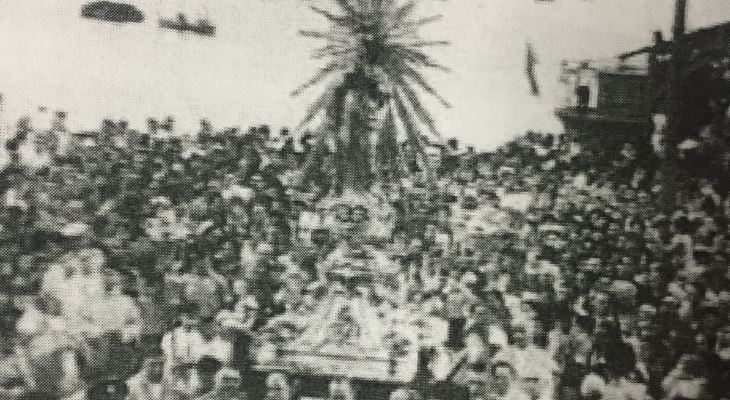
John also takes me through the backstreets of the city to the Porto Salvu church, which he says remained intact during the war. Thankfully, he explains, many of the side streets were untouched during the war, and some buildings here date back to the Knights’ period.
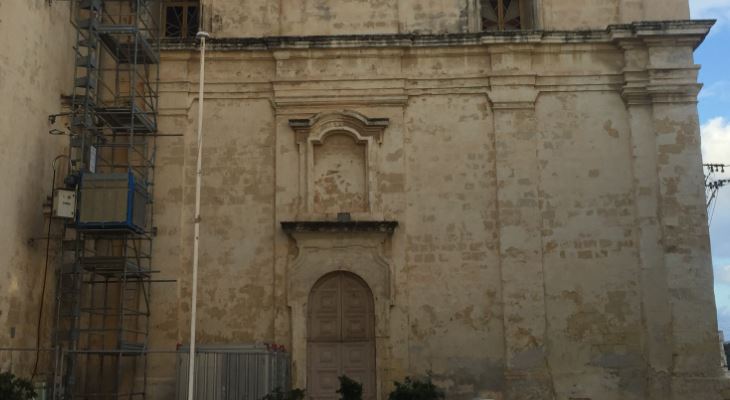
As we walk back down, John explains that beneath the ground in Senglea lies a whole other world. “The underground access was used as an escape route during the Knights’ time. When invaders were seen approaching, the Knights and residents would escape underground to the shore and rush to Birgu. During the war, the underground was used as shelters, which are still intact.”
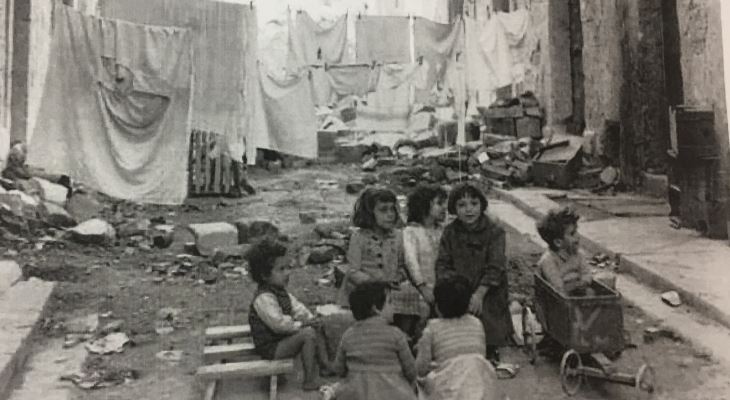
The town above ground, however, wasn’t quite as lucky at wartime. John’s family lost their house to a violent air raid, much like many others in the area. People and valuable objects (such as the statue of the Bambina) were evacuated to other villages, such was the intensity of the bombing. John continues to recall that after the war, the statue was famously returned to Isla among a band parade of soldiers, amidst the debris of the town. “It was quite the sight,” he remembers.
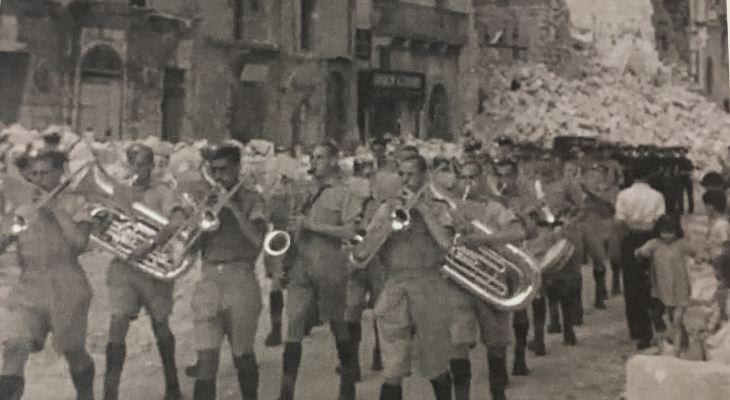
After our tour, we head to his house where I meet his lovely wife, Maria, and am escorted to the study. Fascinated, I jump back in time once again, through the hundreds of photos of Senglea that John has collected over the years. He shows me everything, from pre-wartime shots to the devastation of post-war Senglea.
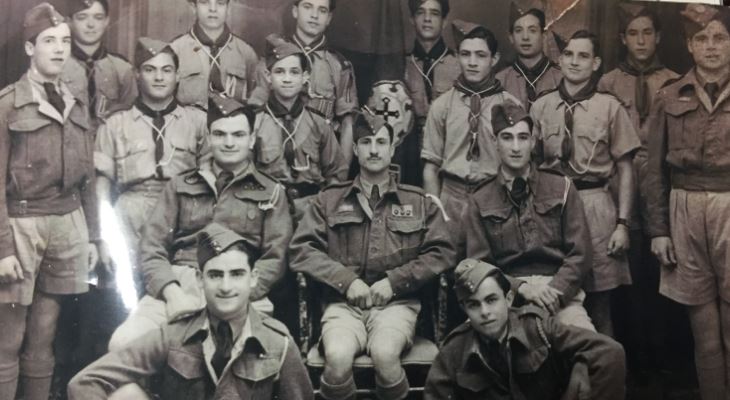
John even features in some of the photos himself. One memorable shots shows him proudly form part of a Scouts group meeting King George VI! “He was a true gentleman, and thousands came to see him,” he says - that must have been one heck of an experience!
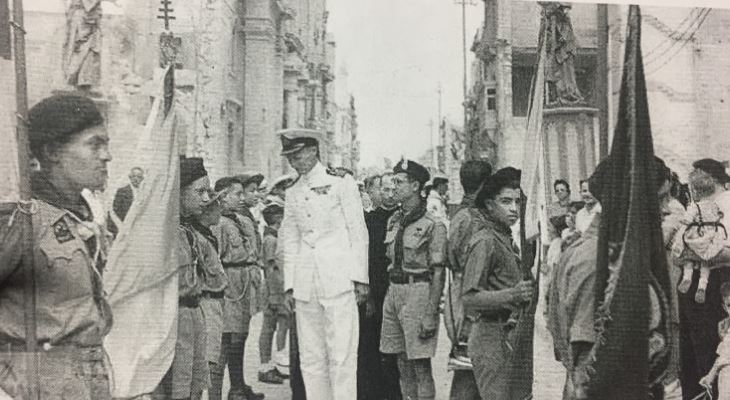
Did you know all this about this beautiful city? Why not take a trip to discover Senglea for yourself? It surely won’t disappoint!